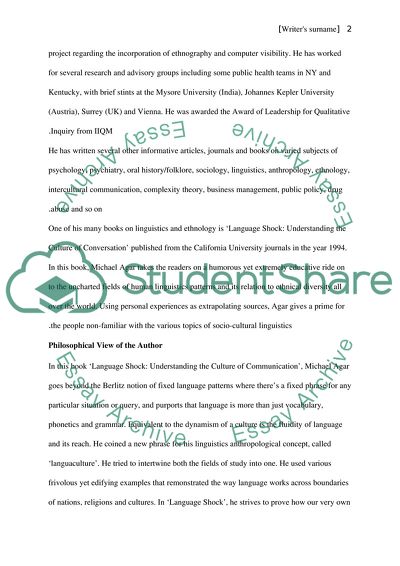Cite this document
(Key Points Of The Conversation Culture Case Study, n.d.)
Key Points Of The Conversation Culture Case Study. Retrieved from https://studentshare.org/sociology/1731460-language-shock
Key Points Of The Conversation Culture Case Study. Retrieved from https://studentshare.org/sociology/1731460-language-shock
(Key Points Of The Conversation Culture Case Study)
Key Points Of The Conversation Culture Case Study. https://studentshare.org/sociology/1731460-language-shock.
Key Points Of The Conversation Culture Case Study. https://studentshare.org/sociology/1731460-language-shock.
“Key Points Of The Conversation Culture Case Study”, n.d. https://studentshare.org/sociology/1731460-language-shock.


